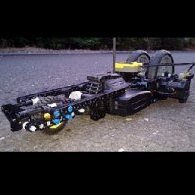Sign in to follow this
Followers
0

[WIP] 40+ km/h racer - need your help!
By
TechnicSummse, in LEGO Technic, Mindstorms, Model Team and Scale Modeling
-
Recently Browsing 0 members
No registered users viewing this page.
